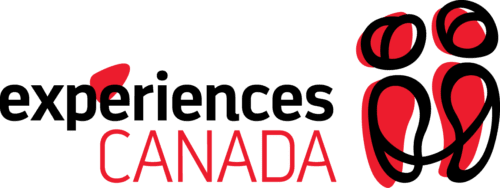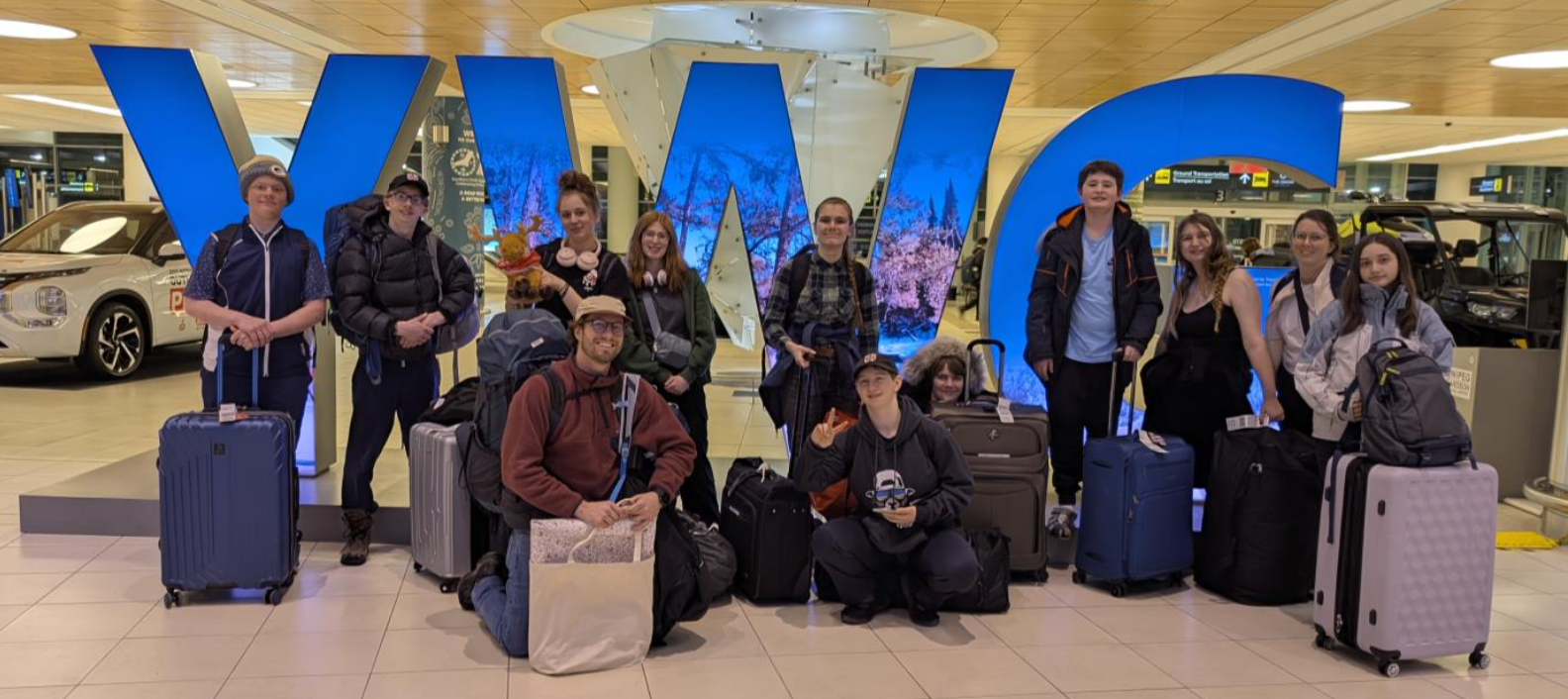
In late February, we visited the Sagkeeng First Nation. We are a part of an Experiences Canada exchange with the Sagkeeng Anicinabe High School in Sagkeeng First Nation, Manitoba. As a part of this exchange, we will be hosting these students soon, as they will be visiting Victoria, BC in May.
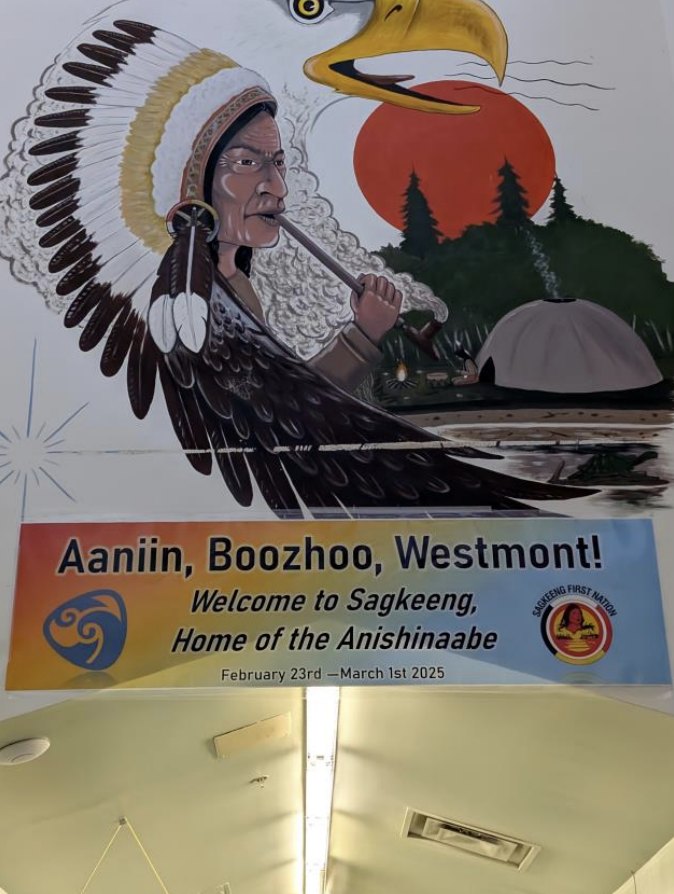
On Monday, we had a tour of the Whiteshell Laboratories nuclear power plant. The power plant is inactive and is being decommissioned now, though when it was active in 1965 to 1985 it was used for research to test different materials to be used in future reactors. We got to stand on top of where the main reactor was located, learn about its time in use, and how the decommissioning process is going. We also got to have a tour of the Fire Hall they have at the nuclear power plant, and we got to sit in their firetruck and learn about the tools they use to fight fires.
On Tuesday, we split into two groups. We got to learn ice fishing on the Winnipeg River on the first day. Fishing is an integral part of the lives of the First Nations people of Sagkeeng, Manitoba. It has been a major source of food for them for a long time, and we were very opportune to be taught by experts in their craft. We learned how to cut holes in the ice and how to bait our rods. It was fun to try to catch fish, and a few people caught fish but only one from our group. Congratulations, Jasper! We also got to see how to gut a fish right on the ice. Ice fishing taught us a lot of patience and fishing skills. I hadn’t fished a lot before this though I still found it exciting and everyone learned a lot.
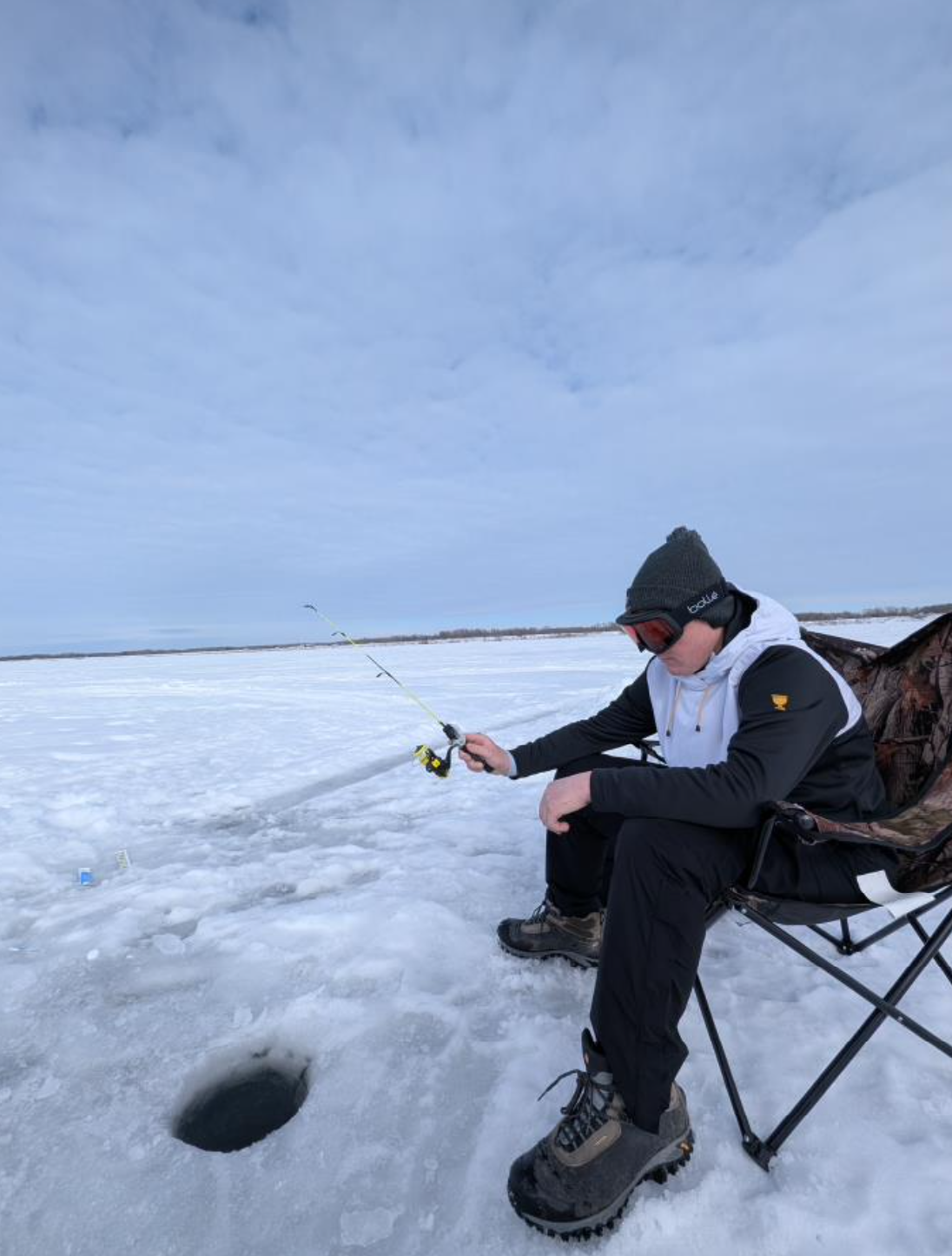
On Wednesday, our group went on a 30-minute Ski-doo ride into the bush, and we came to a campfire. We cooked marshmallows, had hot chocolate, and played hide and seek before lunch. Then we had Bannock burgers and hotdogs for lunch and learned some Ojibwe words and phrases, as well as shared stories with our buddies. After that, Black Sky, an elder who is also the Ojibwe language teacher, took us on a trail walk. He told us some of the Ojibwe names of the plants around us, as well as their traditional uses and had us pick some mashkiigobag (Labrador Tea) to make into tea. We also learned about the names of animals and how to identify their tracks and traces in the bush.
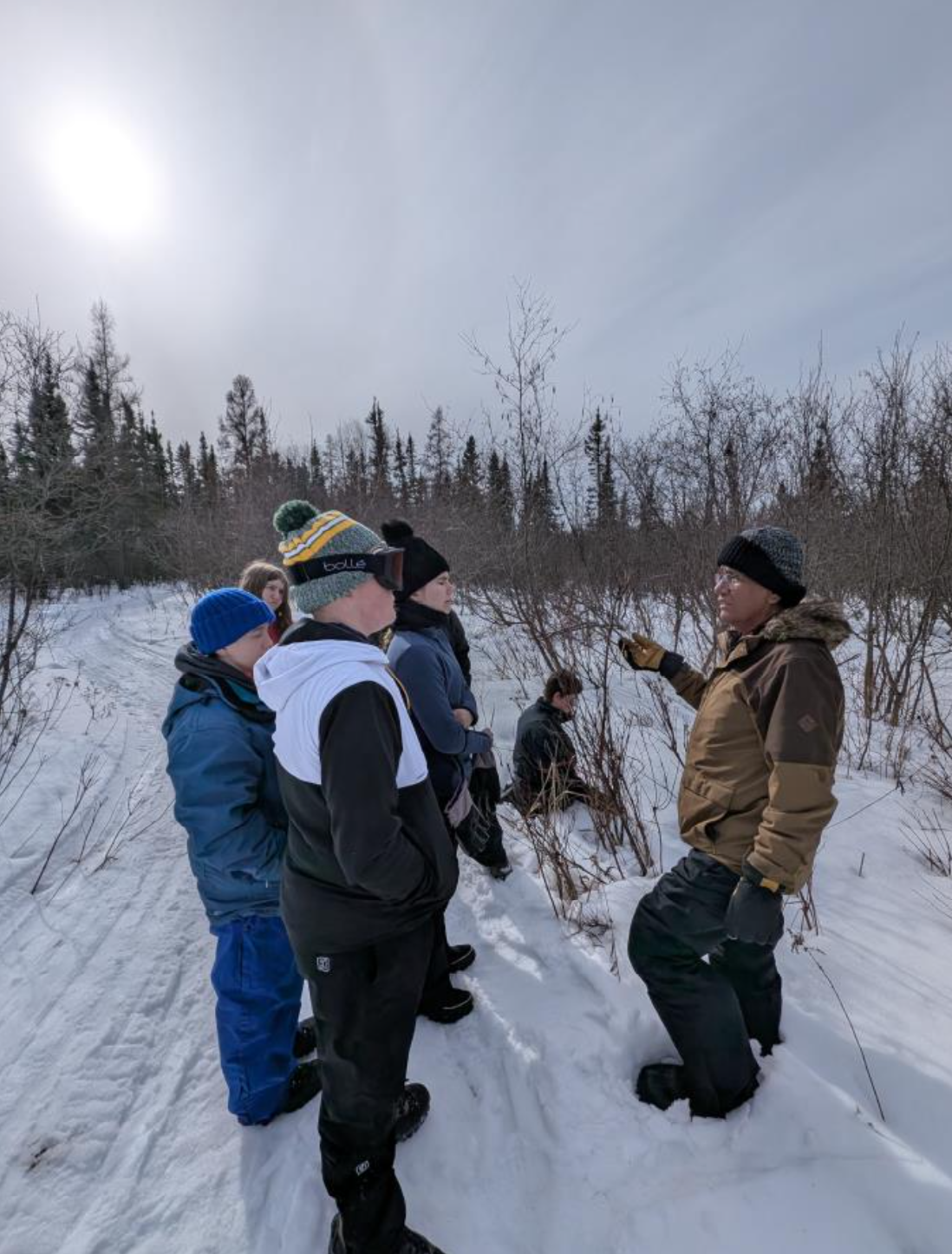
On Thursday morning, we were taught how to make ribbon shirts and ribbon skirts. These are important pieces of cultural attire that we were honoured to get the opportunity to make, with guidance from experienced ribbon skirt and ribbon shirt makers. Some are used for daily wear, and some are used for cultural celebrations. We got to pick colors of ribbon and sewed them to the shirts and skirts. We also visited the local planetarium, and they had some excellent videos about First Nations star stories projected on a dome. They told stories of constellations in the night sky from Cree and Anishinaabe cultures. We then went into a sweat lodge led by an elder named Gilbert. Sweats are for physical and spiritual cleansing and healing. Gilbert sang songs, told stories, and gave us juniper medicine. He talked about the importance of sharing in these times of turmoil, and the importance of sticking together, no matter how many horrible things happen in the world.
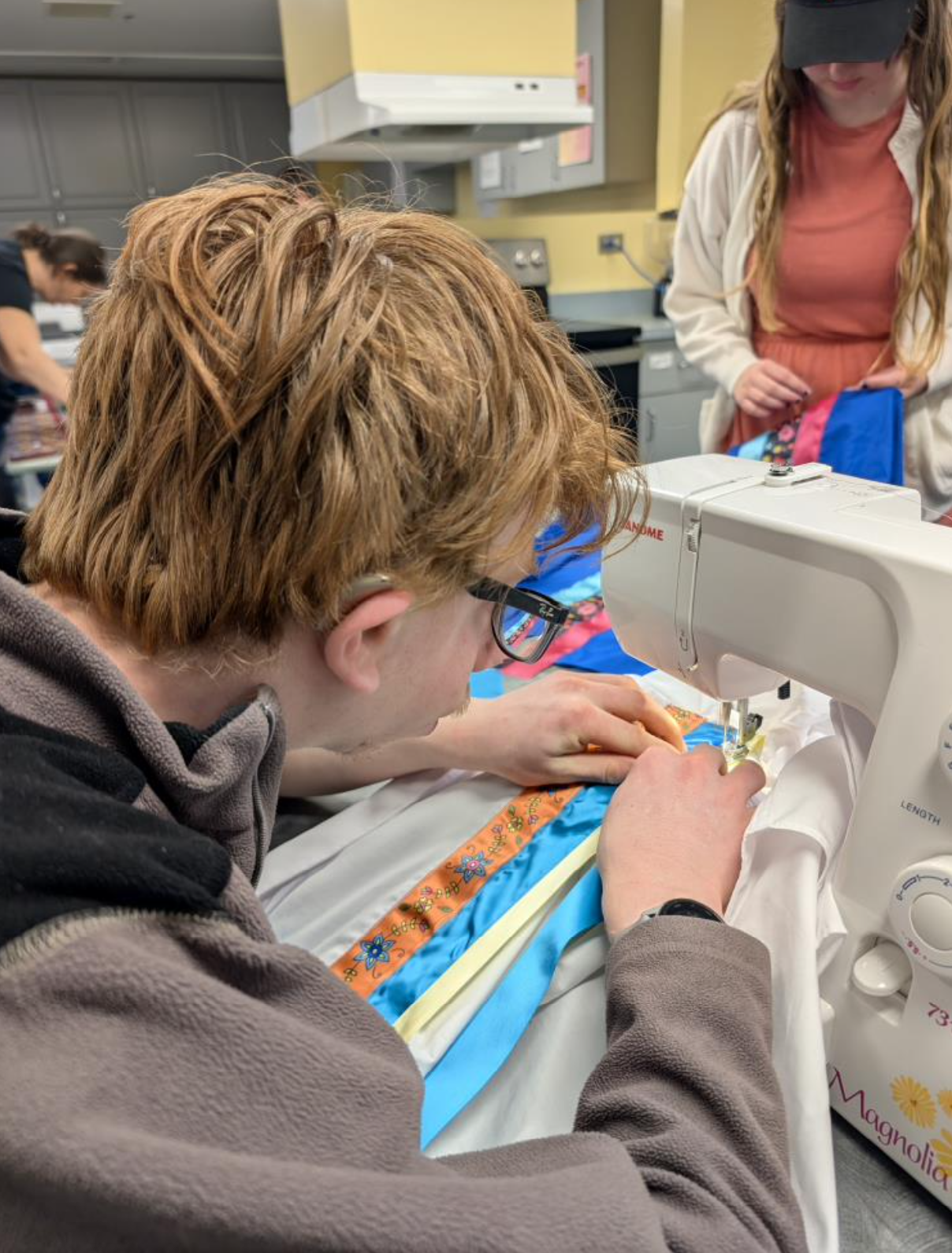
In the evening, we went to a round dance hosted by the community. A round dance is an event where drummers in the centre will sing songs and people will hold hands and dance in a circle around them. The round dance is a celebration for healing, honouring ancestors, celebrating life, and fostering community unity. The round dance at Sagkeeng was held to welcome us to their community and show how much they appreciated us coming, to which we were extremely thankful and honoured. We were welcomed so beautifully, and they gave us a handmade beaded medallion with the community emblem on it and other gifts.
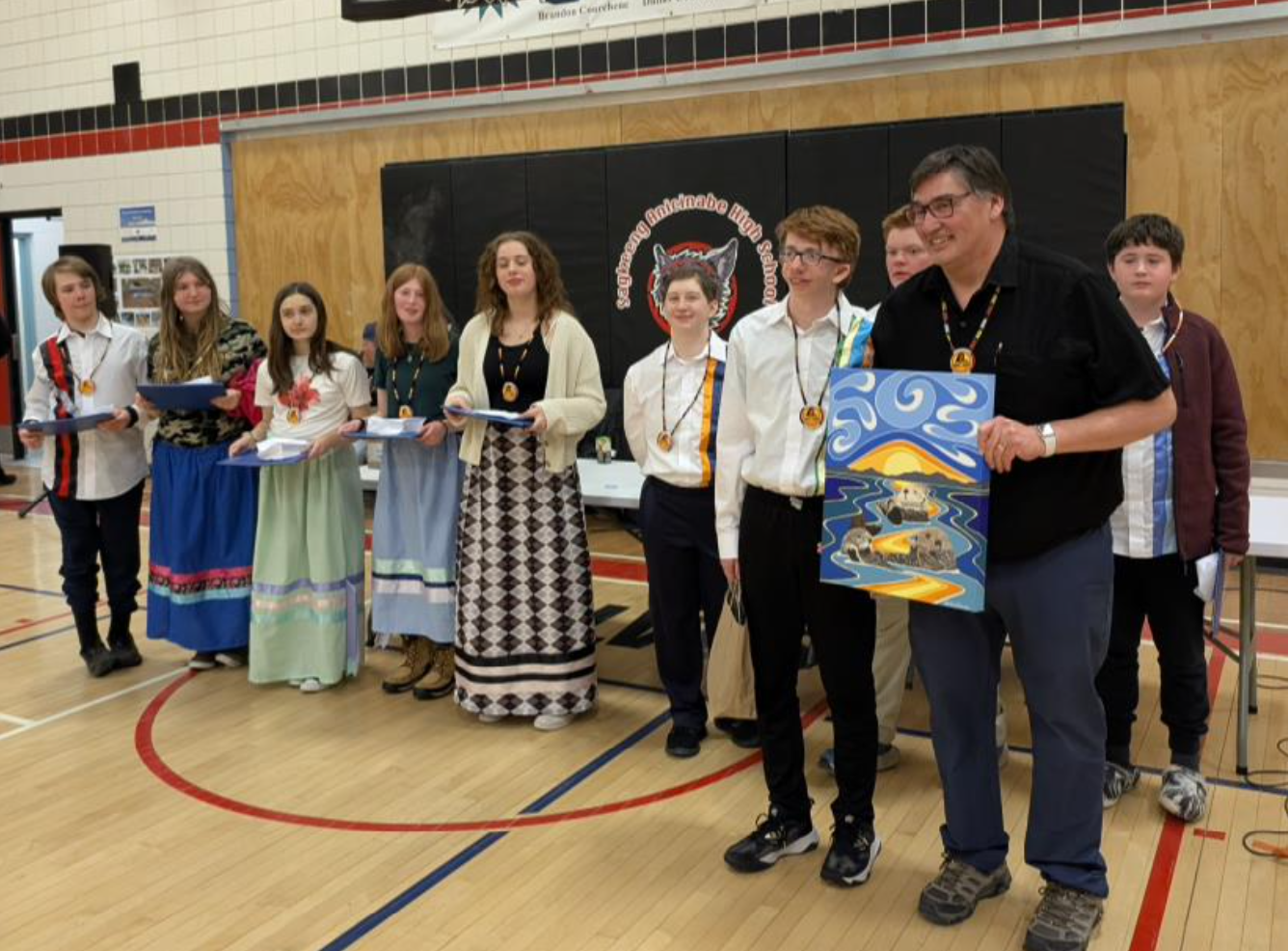
On Friday, we drove to Winnipeg. We first went to the Manitoba Museum and learned about many things, including the environment of current and past Manitoba and the people who have lived there over the ages. We then went to the Forks for lunch, which is an indoor market where the Red and the Assiniboine rivers combine. It was a trading spot for thousands of years for Indigenous groups and still is today. We then went to the Human Rights Museum and learned about the evolution of human rights across Canada. We also saw the Witness Blanket and the Canadian Journey’s exhibit. It would have been great to have stayed longer, though due to time constraints, we sadly had to leave. We learned so much about Canadian history and it was a great day to round off the trip. We flew back to Victoria, BC on Saturday.
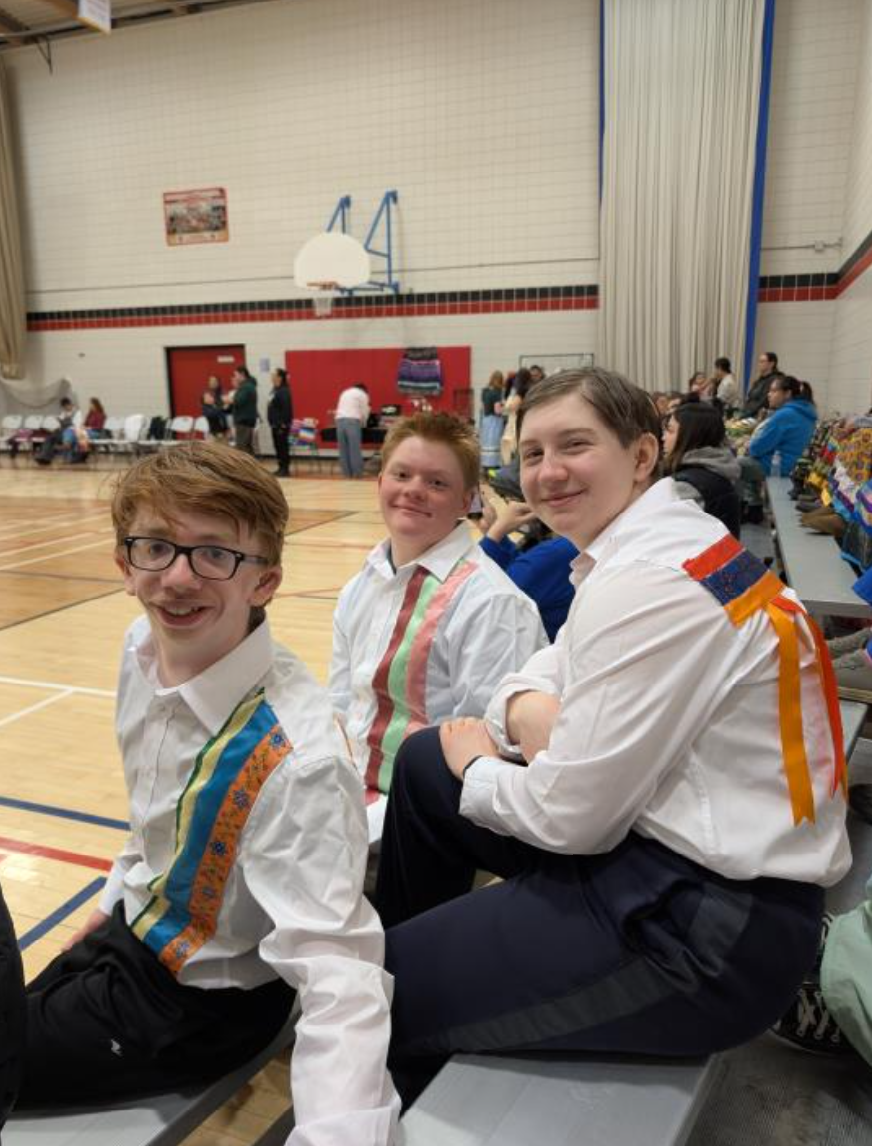
While on this exchange we learn a lot about the Sagkeeng First Nation and Ojibwe ways of life. We also learned lots of Indigenous techniques and Indigenous ways of knowing. We are really excited to host the students from Sagkeeng in May, and to show them around Victoria and the South Island in British Columbia.
-Merric, Experiences Canada 2025 Youth Exchange Ambassador
Experiences Canada covers the cost of group travel! Apply today to secure funding for a 2025 Youth Exchange: https://experiencescanada.ca/exchanges/.
Experiences Canada’s Youth Exchange Program is generously funded by the Department of Canadian Heritage.

